31 Days, 31 Lists: 2021 Nonfiction Books for Older Readers

Middle grade fiction hogs so much of the award love each and every January. I’m a fan of it myself, absolutely, but throughout the year I make sure I’m keeping up with my Nonfiction reading as well. Alas, I’m not the best in this area, and I missed some truly amazing titles in 2021, no question. Still, here’s a brief smattering of some of the books that I think are deserving of your time and attention. If you know a kid that loves their informational texts, something on this list is bound to whet their whistle.
2021 Nonfiction for Older Readers
Africa, Amazing Africa: Country by Country by Atinuke, ill. Mouni Feddag

If it were anyone other than Atinuke doing this book, I’d be wary. As it is, I trust her entirely with the tackling of a subject that, let’s face it, I’ve never seen on my bookshelves before. Freely acknowledging at the start that countries change it says, “This book can only give you an idea of what Africa is like in the moment that I am writing.” I appreciate the honesty. And though the book may be outdated sooner rather than later, wouldn’t it be wonderful if it were so popular that Candlewick had Atinuke update it regularly? Inside, she literally describes the “at least fifty-five different countries” that exist. The book is separated into Southern, East, West, Central, and North Africa. Within those sections we get these marvelous mixes, but also a nice breakdown of what makes that region different from others. The book begins with Angola and Boswana, and two thumbs up to Mouni Feddag. With those countries the art conveys skyscrapers, sports cars, basketball jerseys, and the nomadic San people as well. That’s what Atinuke wants to make clear. Africa is so wide ranging that a kid that goes through this book is going to come away with, if nothing else, a clear understanding of just how hugely variegated it all is. Some enterprising teacher might assign each kid in a class a different country in this book. As for the adult gatekeepers, don’t bother trying to keep track of all the new things you learn here. Our schooling was rife with horrendous gaps. At least this book can plug up a few of them.
ADVERTISEMENT
ADVERTISEMENT
Before They Were Artists: Famous Illustrators as Kids by Elizabeth Haidle
[Previously Seen on the Biography List]

Every famous artist was once a kid. But how did they become great illustrators? A look at where it all began for six people. Again, we’ve a book that straddles the picture book/older reader line. There’s always a danger with books of this sort where you write it for adults more than for kids. What’s so nice about Haidle’s angle is that she’s tackling this with the childhood of each of these six creators squarely in mind. This is a book about how your experiences as a kid can inform your entire life (in a good way). I’d not read her previous book (Before They Were Authors: Famous Writers As Kids), so I can’t compare it to its predecessor. All I can say is that I like the way it’s laid out in a kind of graphic novel panel-heavy format, I like the art (not attempting to replicate the art, but invoke it), and I like how she’s formatted each life. Sometimes she’s not great at caricature (Jerry Pinkney never really ends up looking like Jerry Pinkney) but otherwise it’s pretty cool.
Escape at 10,000 Feet (Case Unsolved Files) by Tom Sullivan
[Previously Seen on the American History List]

In 1971 a man hijacked a plane and stole $200,000 before parachuting out. He was never found. Did he live and, if so, what happened to the money? I guess 2021 is the year when authors really double down on doing nonfiction books for kids on seriously adult topics. The case of D.B. Cooper certainly applies. I think I watched a Drunk History episode about this case. Sullivan’s smart with the layout. This reads like a spy thriller, using lots of visuals but never tipping over into graphic novel territory. Instead, you get a look at a lot of primary documents as you find yourself trying to solve the case. I was impressed with how the information was doled out, and the book has this essential respect for the intelligence of its child readers that really spoke to me. It’s thrilling and scary and very mysterious. Everything a real world unsolved crime should be, don’t you think? Bonus: If you’ve got kids that liked watching Loki this year, they’ll be able to recognize this moment from that show.
Fallout: Spies, Superbombs, and the Ultimate Cold War Showdown by Steve Sheinkin
[Previously Seen on the American History List]

Missiles, nukes, deadly showdowns, a paperboy that broke a spy ring, and the bear that almost started WWIII. Get a gripping look at the Cold War and Cuban Missile Crisis that will make you understand how lucky we are to be alive today. As ever, the real question with a new Steve Sheinkin book is never whether or not it’s list-worthy. Steve just sucks you into the story of the Crisis with his customary aplomb and flair. He begins the book with the aforementioned paperboy and that story, like so many others in this book, feels like fiction, but is so meticulously researched that you know you can trust it to be true. No, the question with this book is whether or not it’s for teens or kids. I vote kids. I, for one, had never really had that firm a grasp on the ins and outs and details of the Missile Crisis, and this breakdown helped immensely. Be sure you get to the five or six times random events almost set off WWIII. You’ll come away from this book honestly surprised any of us are even breathing.
The Genius Under the Table: Growing Up Behind the Iron Curtain by Eugene Yelchin
[Previously Seen on the Autobiographies List]

Poor Yevgeny. Growing up in Cold War Russia, all he wants is to find his talent, the way his figure-skating older brother has. But nothing Yevgeny does ever seems to turn out well. Will he ever find his genius gift? It took me a while but I’ve really warmed up to Eugene Yelchin’s wacky style. I wasn’t a huge fan of Breaking Stalin’s Nose back in the day, but ever since then it’s like the man can do no wrong. Now he’s lightly fictionalized his own memoir for kids and it is FASCINATING. Particularly the part where Mikhail Baryshnikov defects and Eugene ends up with his blue jeans. I interviewed him about this and asked him if that was true and it most certainly is. Probably the funniest, accurate depiction of living in Cold War Russia you’re ever going to see.
Gone to the Woods: Surviving a Lost Childhood by Gary Paulsen
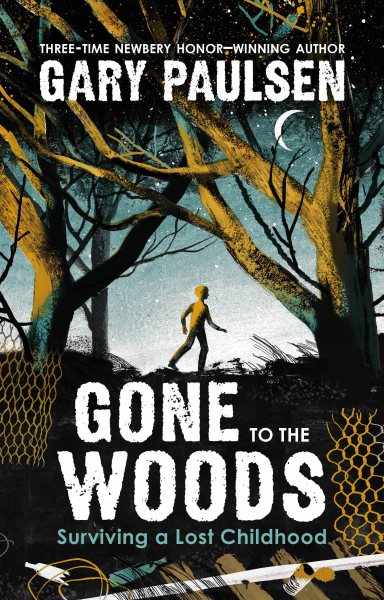
None of us expected to lose Gary Paulsen this year. Last January I had the chance to interview him about this book and hear firsthand his responses. The man was hale and hearty, explaining how he came to write a book that centers his trauma right at the start and goes on from there. This is a man who never had an easy life. Whether he was being shipped off by himself on a train by an uncaring mama or witnessing various horrors as a young adult, you come out of this just marveling that the man was able to carve as illustrious a career out of that wreckage as he did. If you are looking to hand a kid a memoir that is nothing short of gripping, this is the one you fork over. Unforgettable.
Hear My Voice/Escucha Mi Voz: The Testimonies of Children Detained at the Southern Border of the United States compiled by Warren Binford, ill. Various
[Previously Seen on the American History List]

Where does history stop and where does the present begin? To be frank, this book navigates a present day catastrophe, full stop, that came to national attention during the Trump administration. It straddles the past and the present and has more to say about the country we live in than a lot of the other books on this list. 61 children in migration detained at the border of Mexico and the United States tell their stories and 17 Mexican and Mexican-American artists bring those tales to life. A bilingual exploration of American mistreatment. Hand this to anyone who feels like having their hearts bodily ripped from their chests. This one’s harsh. Accurate and necessary and harsh. For that reason I’m putting it in the Nonfiction for Older Readers section, since I think the kids that will get the most out of it won’t be the usual picture book crowd. The art is universally well done and I liked the mix of familiar names with new inclusions. A more than worthy inclusion for this list.
How Do We Stop Climate Change? by Tom Jackson, ill. Dragan Kordíc
[Previously Seen On the Science and Nature List]

Climate change can be scary. So what are some of the solutions to the problem? A smart look at what’s going wrong and how we can fix it. I’m the kind of person that can’t hear about a dire problem without also immediately wanting to hear possible solutions. This book is part of the “Mind Mappers” series (motto: “Making difficult subjects easy to understand”) and foregrounds the problem with climate change beautifully. Terms are clarified right at the start, with a nice bit of distinguishing between it merely being warm outside and “climate change”. I’ve rarely seen a book for kids explain how interconnected some of these problems are. Example: Climate change begats forest fires begats the release of carbon into the atmosphere begats more climate change and around and around we go. But the solutions are fun. Some are practical and some I would have liked a little more discussion about since they clearly would lead to unforeseen problems of their own (like releasing silver iodide dust into the air to reflect back the sun’s rays). I loved the section on Mars, which should really be titled something like Look, We Can’t Just Give Up and Move to Mars. And I hope you like GM crops because this book is ALL for them. Definitely worth more reads.
How Old Am I? Faces From Around the World by Julie Pugeat, ill. JR
[Previously Seen on the Photography List]

100 people from all around the world present their faces, from ages 1 to (you guessed it) 100! Each tells their story, and kids will delight in a book that shows a wide swath of humanity, what makes us different, and what makes us the same. A clever little dingus of a book. Kirkus, I noticed, got very wrapped up on whom precisely this book is for. It said it spread itself too thin by trying to be for everyone. I couldn’t disagree more. I think this book does have a bit for a wide range of different ages, but whoever said that only babies like looking at human faces? As you go forward and people get older you suddenly start going back in time with their memories. Some were born after WWII. Some born during. Now born before. Now some served in the war! The sheer variety of ways in which changes us is important. And hey, after you check out their 100-year-old you might want to invest in a snazzy haircut and stat! Mind you, if you leave it around the house the way I did, don’t be surprised if you keep accidentally reading the title out of the corner of your eye as “How Am I Old?” How indeed.
Inside In: X-Rays of Nature’s Hidden World by Jan Paul Schutten, photography by Arie van ‘t Riet, translated by Laura Watkinson
[Previously Seen on the Photography and Translation Lists]

Take a trip into the rarely seen world of x-rays and learn about all the insects, fish, birds, and mammals that make up our world. See them as you’ve never seen them before! We think of x-rays as ubiquitous but the key to this book is something that Schutten explains at the beginning. Apparently it is incredibly difficult to find books of x-ray photographs. Why? Well, there are the safety guidelines to consider as well as just how difficult it is to even get access. That’s part of what makes this book so unique. Animal after animal is shown without their skin or feathers or prickles. The end result is that you get these amazing connections drawn by Schutten between similar types of animals or animals you might never think had anything in common with us. They’ve also been posed to look like they’re mid-jump, leap, run, or swim (which takes off a bit of the morbid taste that comes with knowing that they are, in fact, dead). Definitely needs some consideration.
Latinitas: Celebrating 40 Big Dreamers by Juliet Menéndez
[Previously Seen on the Biography List]

Meet 40 influential Latinx leaders and dreamers. These women changed the world, and gorgeous, precise watercolors help tell their stories. You can usually figure out how much I like a book by the sheer amount of leeway I granting it. This book commits my least favorite cardinal sin of nonfiction literature: It includes fake dialogue. Now I say that, but it’s really only particularly egregious in the first biography of Sor Juana Inés de la Cruz. After that, you just get swept up in these stories. Menéndez has done her due diligence and found a whole host of heroes, some known and some unknown to me, worthy of their own biographies. Berta Cáceres was the one I was most ashamed not to have already known. But really, it’s the art that blew me away. I very much dig this style. There’s something about the precision of it that really appeals.
Prisoners of Geography: Our World Explained in 12 Simple Maps, Illustrated Young Readers Edition by Tim Marshall, ill. Grace Easton and Jessica Smith

Independent publishing company The Experiment is a New York-based outfit distributed by Workman Publishing. I tell you this because when I see a book for kids that is wildly different from the other titles on the market, I’m curious as to how it came about. You have to understand that a vast number of works of nonfiction and literature for kids will experience their more unique elements ironed out in the process of creation. Not so here. This book essentially shows how the world as we understand it today, was influenced by geography. Kirkus, in its review, rightly points out that the takeaway here isn’t the maps (which are serviceable but feel rushed) but rather the understanding that “that ignoring natural borders to lay out arbitrarily drawn ones (like those created in the Middle East after World War I) inevitably leads to long-term states of conflict.” But there’s a lot more to it than that. This is an adaptation of Marshall’s Prisoners of Geography (2015) and chapters from his new Power of Geography (2021). I’ve a read love/hate relationship with Young Readers Editions of adult titles, but this one clarifies the modern world in ways that I’ve never seen a book for kids attempt before. Why is access to the Black Sea key for Russia? Why does it matter that the center of Australia is desert? Why is Tibet so important? I understand it now and so will your kids!
Race Against Time: The Untold Story of Scipio Jones and the Battle to Save Twelve Innocent Men by Sandra Neil Wallace and Rich Wallace
[Previously Seen on the American History List]

In 1919, twelve innocent Black men sat on death row, their fate sealed. In this gripping tale, it took the clever resourcefulness of their Black lawyer, Scipio Jones, to free them. A pulse-pounding look at history with a happy ending. One question I’ve faced with this book is whether or not it’s actually YA. After all, there are descriptions of torture in the text. But it’s not done to a lengthy extent and it isn’t lingered over. You might also argue that it’s for an older crowd since it talks a lot of about Scipio’s legal maneuverings, but I felt like these were handled in a really straightforward way. A compelling argument could be the book’s design. Dull brown cover (I sure as heck didn’t want to pick it up). Uninspired design and ALL black and white photos inside. So why do I like it so much? In the end, it’s the writing that did it for me. This book was gripping. It reads like a thriller, with Scipio just dancing one step ahead of the racist murderers. And this is a book for kids in that no one (once the twelve men were arrested) was killed. For the smart kids, this book would be fine. IF you could find a way to get them to pick it up, that is.
A Shot in the Arm! by Don Brown
[Previously Seen on the American History List]

From smallpox to measles, from polio to COVID-19, we owe vaccines a lot. Take a trip back in time to see where they came from, how they work, and why we need them right now more than ever. A couple years ago I read Brown’s book on the 1918 flu pandemic, and when COVID-19 hit I kept thinking about that book. It’s all the more fitting that he should create his next book in the “Big Ideas That Changed the World” series on vaccines. I know we don’t do much with series titles, but Brown’s books all stand on their own. This one is hugely timely, and though the information at the end feels a bit dated (he wasn’t able to include any information about COVID after November of last year) it’s also fascinating to see such recent events rendered on the page. Oh, and the book’s super gross. Like super super gross. So that’s a good selling point with the kids, don’t you think?
Timelines From Black History: Leaders, Legends, Legacies by D.K. Publishing
[Previously Seen on the American History List]

ADVERTISEMENT
ADVERTISEMENT
While “Black History” is too broad a topic to encapsulate in 96 pages, this book takes a dive into both the history you know and the history you should have been taught long ago. Please believe me when I say that I’m just as surprised as you are that I’m seriously including a DK book on this list. I think I got burned out on all those Eyewitness Books years ago and never quite recovered. So imagine my surprise when I pick this book up and discover that it takes a really serious look above and beyond the usual slavery/Civil Rights Movement focus. You’ll find quite a lot of African history, both ancient and contemporary, as well as highlights of individuals, some you know, some you don’t. I learned a TON from this book (Ethiopia was the only nation besides Liberia to successful withstand the European colonizers?). A great book for our expository nonfiction readers. Take a gander. You never know.
We Are Still Here! Native American Truths Everyone Should Know by Traci Sorell, ill. Frané Lessac
[Previously Seen on the American History List]

On Indigenous Peoples’ Day, twelve students from different tribes present the history of Native life in America. And how does each presentation end? “We are still here!” While I accept that this looks like a picture book, the sheer amount of information it packs on every page makes it too advanced for your average 5-year-old. This is the history of Native Americans we were never taught in school and, for the most part, not really taught in adulthood either. If this looks a little familiar, it’s because this same duo created We Are Grateful: Otsaliheliga. A good book, but this one’s even more impressive. Using the conceit that each section is a presentation by kids in a class, the topics are chronological and carry such names as “Economic Development”, “Relocation”, “Sovereign Resurgence” (see what I meant about putting this in the older reader section?). The More Information section at the back shows what’s going on the art rather than the text (example: When Native people occupied Alcatraz Island in protest in the 60s – which was a particularly good Drunk History episode, by the way). Then you get a really magnificent Time Line, Glossary of Terms, Sources, and an Author’s Note. Really and truly the best book I’ve seen do this yet.
While I Was Away by Waka T. Brown
[Previously Seen on the Autobiographies List]
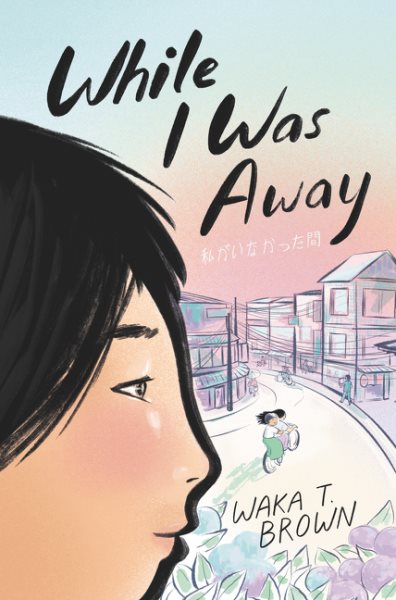
As you can see, 2021 turned out to be a remarkably good year for personal memoirs for kids. Whether it’s Paulsen’s Gone to the Woods or Yelchin’s The Genius Under the Table, rich and complicated childhoods yield even richer rewards. Now Waka didn’t experience the abuse of Paulsen or the Cold War of Yelchin, but her story is just as engrossing as she deals with something a lot of kids could be sympathetic towards: Getting sent to live with your tough grandma in Japan for the entire summer AND part of the school year. AND you’ll be attending school in Japan the whole time. Waka’s surprise at finding herself transformed from the smartest kid in school to a dumb jock (her words) is funny in and of itself. But Brown has this remarkable way of placing her finger directly on the pulse of that late elementary/middle school age. The details of living in Japan in the late 80s are marvelous, and there’s honestly never a dull moment. Brown has a new middle grade coming out in 2022 and I’ll be first in line to read it now. A book that’ll make you want to learn to read and write Japanese yourself!
The World’s Most Pointless Animals by Philip Bunting
[Previously Seen On the Science and Nature List]

The moral of today’s story is that Australian author/illustrator Philip Bunting has lots of books out there that we Americans are not yet privy to. This needs to be corrected. Oh sure, I greatly enjoyed How Did I Get Here? when it came out in 2019 (mostly because I got to write the words “googly eyes” repeatedly) and he seems to have some board books here that proved ludicrously difficult for me to get my hands on, but one quick glimpse of his website and there are all kinds of books there I want to read! Books with titles like Another Book About Santa or one that shows two googly eyed cells dividing with the title We Go Way Back. In lieu of these treasures, we at least got this one this year. The World’s Most Pointless Animals plays with the idea of some smart aleck going through this book writing their own thoughts on animals, even as the text gives you accurate information. This is yet another interesting example of using handwriting to convey when information is untrue in a book vs. factual. It’s not dissimilar from the technique we see in books that use comics to convey true information with fictional characters. The selections here are fun as well. And, of course, I just LOVE that there’s an ostrich. Go figure why.
Interested in similar titles? Check out the Older Nonfiction lists of years past:
And here’s what else we have happening this month:
December 1 – Great Board Books
December 2 – Board Book Reprints & Adaptations
December 3 – Transcendent Holiday Picture Books
December 4 – Picture Book Readalouds
December 5 – Rhyming Picture Books
December 6 – Funny Picture Books
December 7 – CaldeNotts
December 8 – Picture Book Reprints
December 9 – Math Books for Kids
December 10 – Books with a Message
December 11 – Fabulous Photography
December 12 – Wordless Picture Books
December 13 – Translated Titles
December 14 – Fairy Tales / Folktales / Religious Tales
December 15 – Unconventional Children’s Books
December 16 – Middle Grade Novels
December 17 – Poetry Books
December 18 – Easy Books & Early Chapter Books
December 19 – Older Funny Books
December 20 – Science Fiction Books
December 21 – Fantasy Books
December 22 – Informational Fiction
December 23 – American History
December 24 – Science & Nature Books
December 25 – Autobiographies *NEW TOPIC!*
December 26 – Biographies
December 27 – Nonfiction Books for Older Readers
December 28 – Nonfiction Picture Books
December 29 – Best Audiobooks for Kids
December 30 – Comics & Graphic Novels
December 31 – Picture Books
Filed under: 31 Days 31 Lists, Best Books, Best Books of 2021, Booklists
About Betsy Bird
Betsy Bird is currently the Collection Development Manager of the Evanston Public Library system and a former Materials Specialist for New York Public Library. She has served on Newbery, written for Kirkus, and has done other lovely little things that she'd love to tell you about but that she's sure you'd find more interesting to hear of in person. Her opinions are her own and do not reflect those of EPL, SLJ, or any of the other acronyms you might be able to name. Follow her on BlueSky at: @fuse8.bsky.social
ADVERTISEMENT
ADVERTISEMENT
SLJ Blog Network
2025 New Books . . . NOT!
It’s Jeff!: Jeff-Verse | Review
When Book Bans are a Form of Discrimination, What is the Path to Justice?
How to Spot Talent, a guest post by Amy B. Mucha
Pably Cartaya visits The Yarn
ADVERTISEMENT



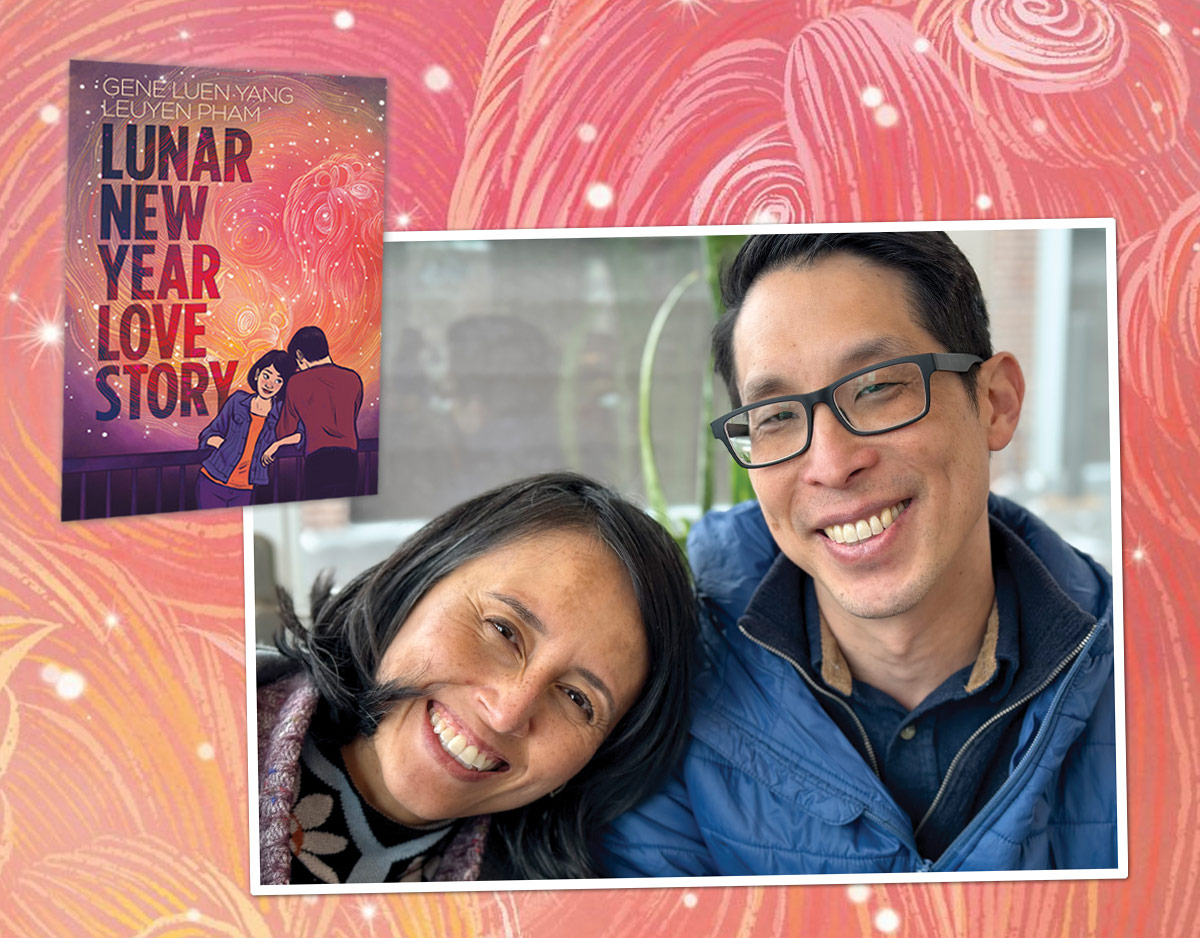

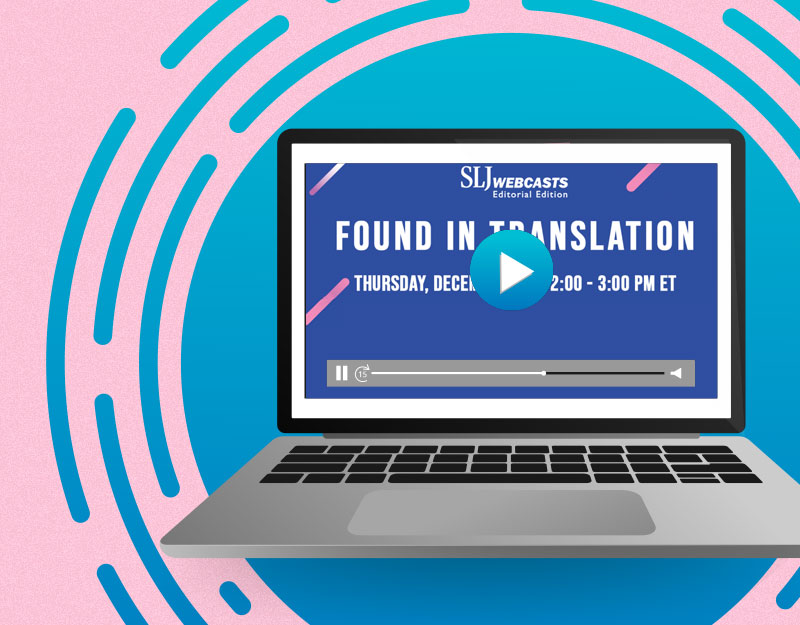
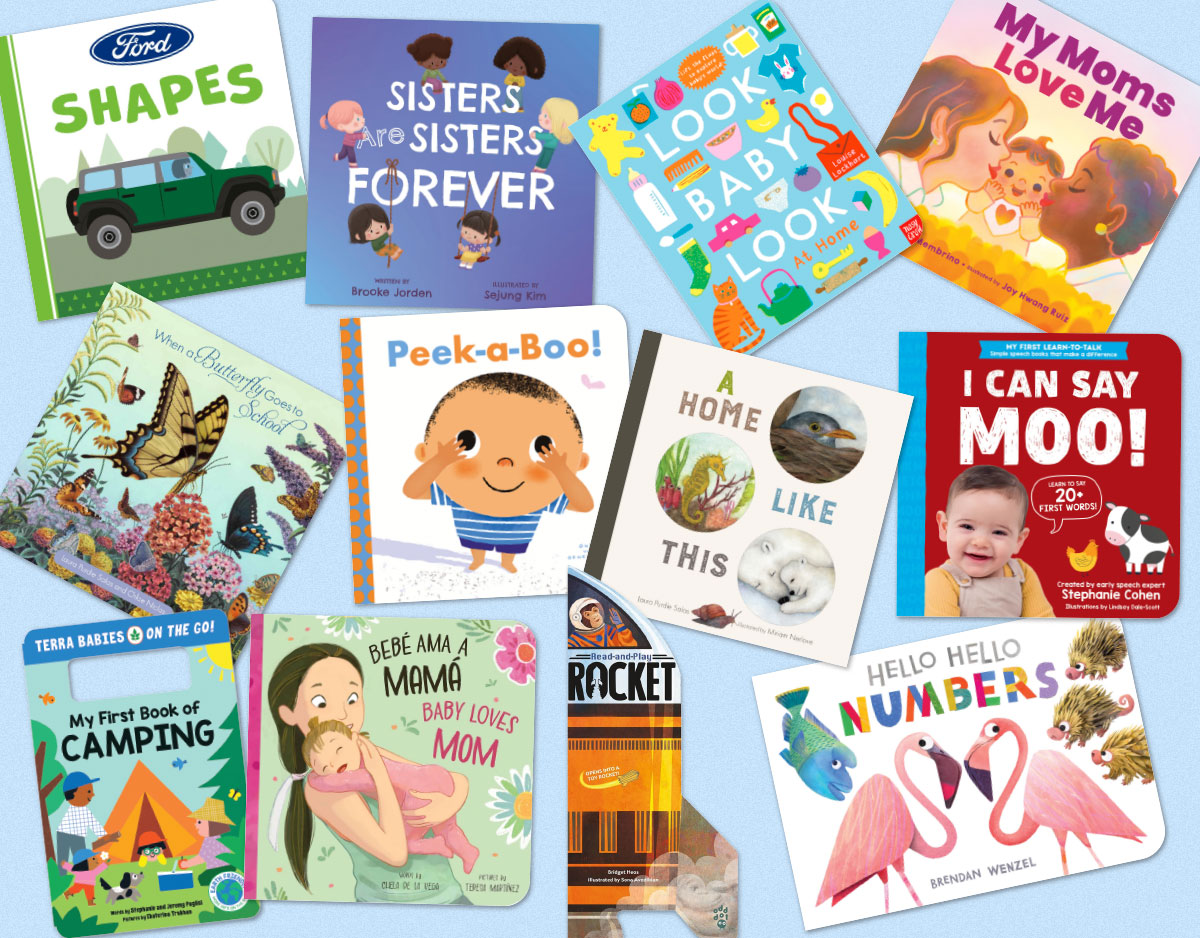
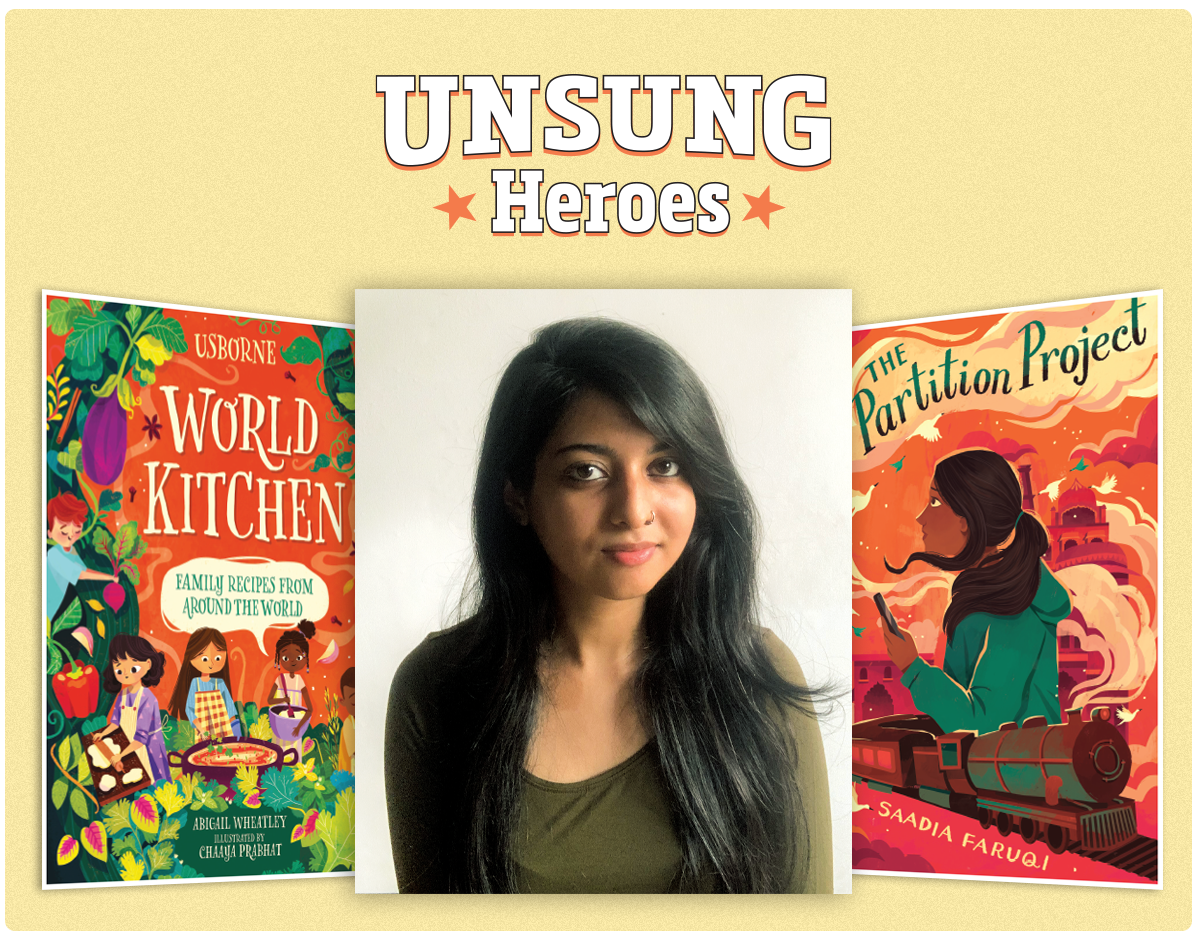
Betsy, I enjoy reading your posts to get your take on what other authors and illustrators are up to. Imagine my surprise when I saw the second entry in your list of older nonfiction books. I published a a book called Before They Were Famous: How Seven Artists Got their Start back in 2011. https://books.google.com/books/about/Before_They_Were_Famous.html?id=14ZLP9Bu6IAC&source=kp_book_description
A coincidence? It looks uncomfortably similar to me. Just sayin’.
Ah, I’d missed that book of yours, Bob! And I much appreciate the heads up. There are some similarities, yes indeed. Happily, I think the key difference here is the type of artist in question. This new book says “artist” and pertains solely to children’s book illustrators. A similar theme, by all means, with a bit of a variation. Certainly in the same vein, but if the Wyeths have taught me nothing else, the distinguishing characteristics between “artist” and “illustrator” remain strong.